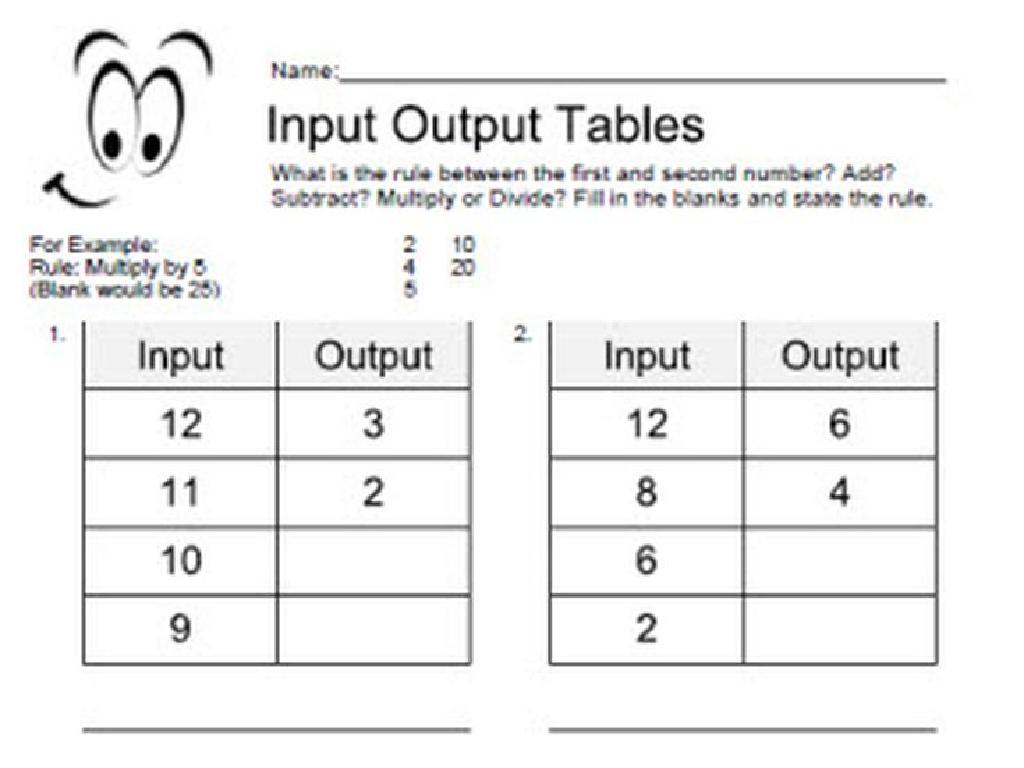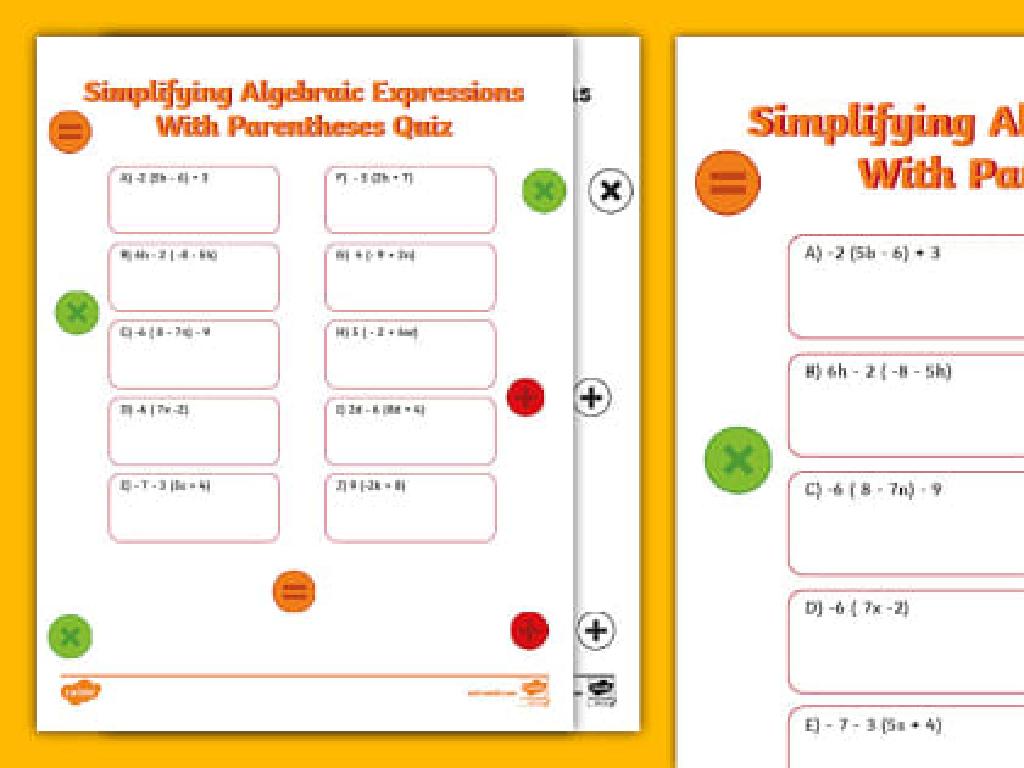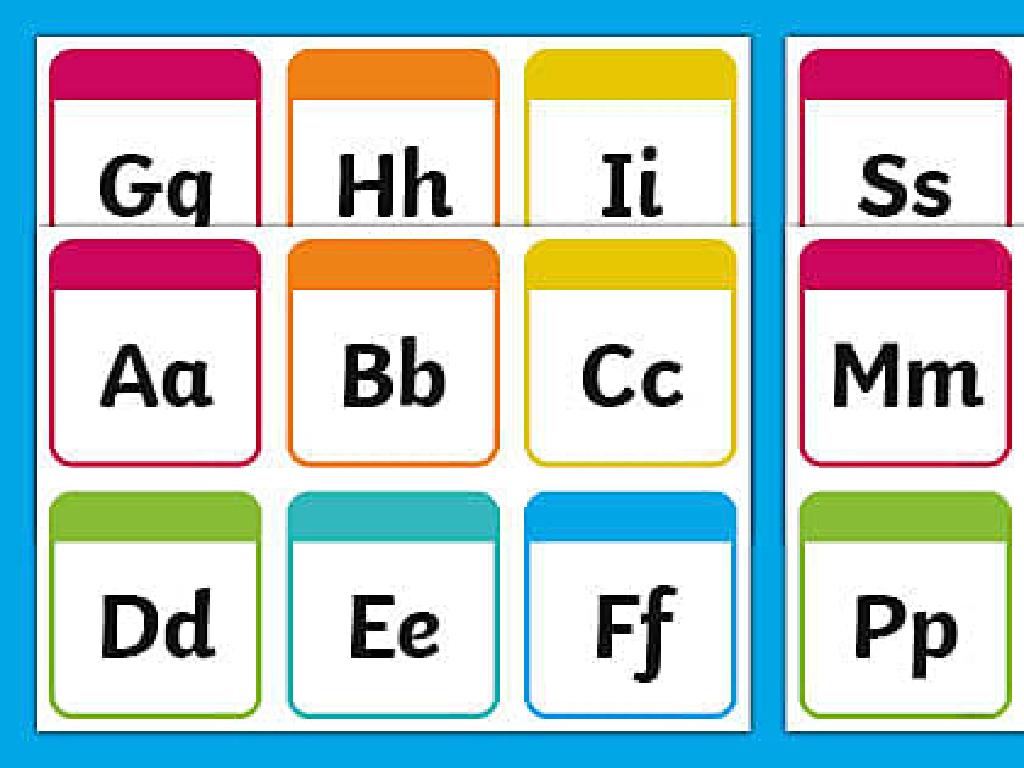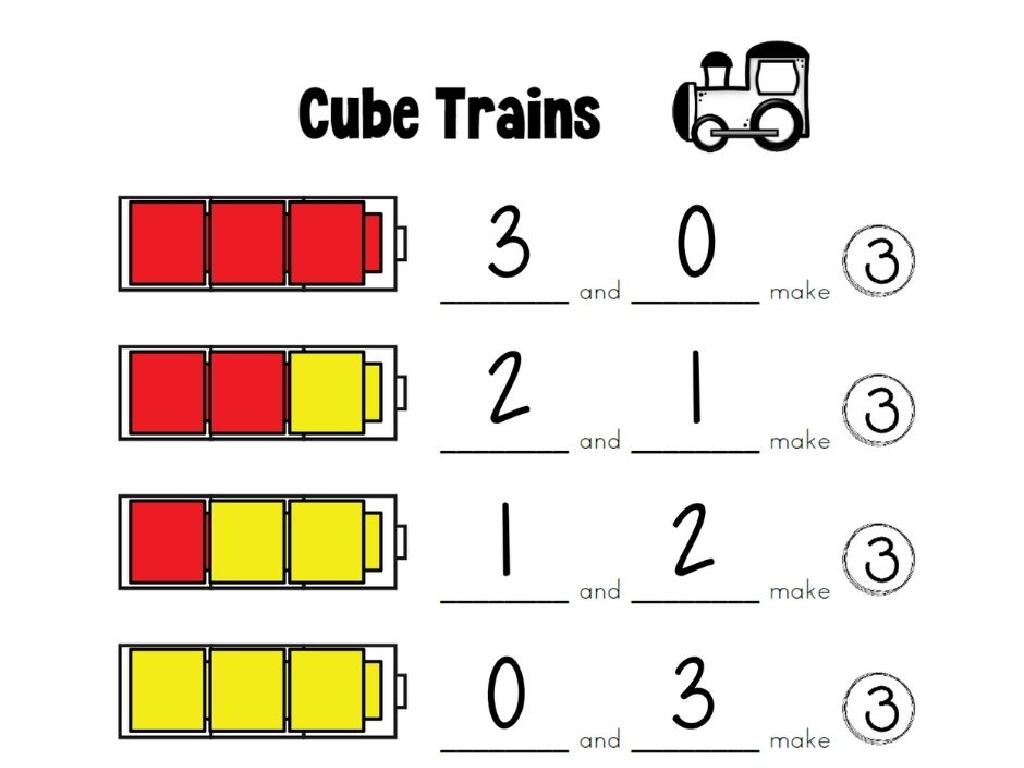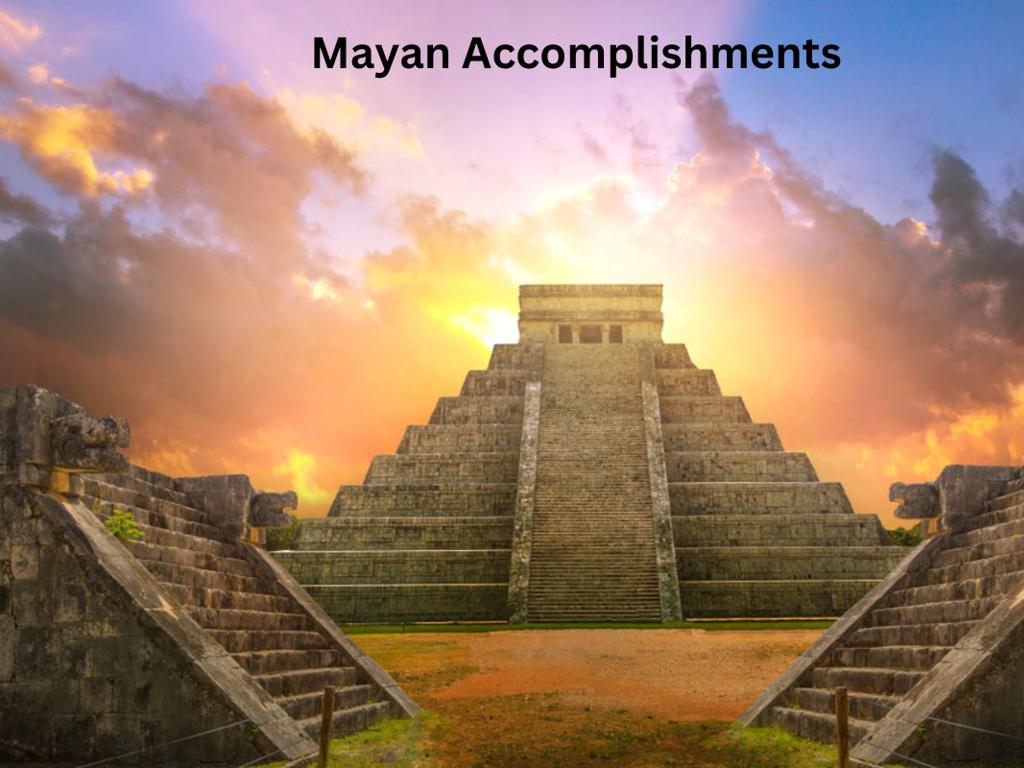Describe, Classify, And Compare Kingdoms
Subject: Science
Grade: Fifth grade
Topic: Classification
Please LOG IN to download the presentation. Access is available to registered users only.
View More Content
Exploring the Kingdoms of Life
– Why classify organisms?
To study Earth’s diverse life, scientists organize organisms into groups.
– What is classification?
Classification is sorting living things based on similarities and differences.
– Discovering biology’s kingdoms
Kingdoms are large groups of related organisms: like animals, plants, fungi.
– Comparing different kingdoms
We’ll learn how plants differ from animals and other kingdom characteristics.
|
This slide introduces the concept of classification in biology, which is a system used by scientists to organize and study the vast diversity of life on Earth. It’s important to explain to students that classification helps scientists communicate about different species and understand the relationships between them. Introduce the term ‘kingdoms’ as the broadest groups in the classification system. There are six kingdoms in total, but for simplicity, focus on the most commonly known ones: animals, plants, fungi, protists, archaea, and bacteria. Highlight the importance of comparing these kingdoms to understand the unique characteristics of each group. Encourage students to think about the different types of living organisms they are familiar with and how they might be classified.
Exploring Biological Classification
– What is classification?
– Sorting living things into groups based on features
– Why classify organisms?
– Helps scientists study & organize the diversity of life
– Daily examples of classification
– Sorting laundry, organizing books by genre
– Review and compare kingdoms
– Look at the main characteristics that define each kingdom
|
This slide introduces the concept of biological classification, which is the system scientists use to organize and categorize all life on Earth. Emphasize the importance of classification in understanding the relationships between different organisms and simplifying the study of biology. Provide relatable examples such as sorting laundry or books to help students grasp the concept. Encourage students to think about how things are organized in their own lives and how this might relate to the organization of living things. Conclude by touching on the five kingdoms of life (Monera, Protista, Fungi, Plantae, Animalia) and their defining characteristics, setting the stage for a deeper dive into each kingdom in subsequent lessons.
Exploring the Five Kingdoms of Life
– Overview of life’s kingdoms
– Five main groups of living organisms
– Key characteristics per kingdom
– Traits like cell type, complexity, and nutrition
– Examples from each kingdom
– Monera: Bacteria, Protista: Amoeba, Fungi: Mushrooms, Plantae: Ferns, Animalia: Humans
– Comparing the kingdoms
– Understand similarities and differences
|
This slide introduces students to the concept of classification in biology, breaking down all life forms into five distinct kingdoms: Monera, Protista, Fungi, Plantae, and Animalia. Discuss the unique characteristics that define each kingdom, such as cell structure, organism complexity, and methods of obtaining nutrition. Provide tangible examples for each kingdom to help students visualize and remember the differences. Encourage students to compare and contrast the kingdoms, noting how they are similar and how they are different. This comparison will help solidify their understanding of the diversity of life and the organizational systems used by scientists to make sense of this diversity.
Exploring Kingdom Monera
– What is Kingdom Monera?
– Kingdom Monera includes single-celled organisms without a nucleus.
– Bacteria’s role in nature
– Bacteria help in decomposition, making oxygen, and in our digestion.
– Diversity within Monera
– Monera varies from tiny bacteria to blue-green algae, showing vast diversity.
– Comparing Monera to other kingdoms
– Monera are simpler than other kingdoms which have more complex cell structures.
|
This slide introduces students to Kingdom Monera, emphasizing its unique characteristics as a group of single-celled organisms without a nucleus, known as prokaryotes. Highlight the importance of bacteria in various ecological processes such as decomposition, oxygen production, and aiding digestion. Discuss the diversity within Monera, from microscopic bacteria to larger blue-green algae, and encourage students to think about how these organisms differ from those in other kingdoms, such as the multicellular complexity found in plants and animals. Use this opportunity to foster a deeper understanding of the classification system and the role of Monera in the broader context of biological diversity.
Exploring Kingdom Protista
– Discover the world of Protista
– Algae and protozoa are diverse organisms living in water or damp places.
– Protists vs. other kingdoms
– Protists are mostly single-celled, unlike multicellular plants, animals, and fungi.
– Protista: From simple to complex
– Protista includes organisms that are neither purely plant nor animal.
– Importance of Protista in nature
– Protists play a key role in aquatic food webs and oxygen production.
|
This slide introduces students to Kingdom Protista, a category in the classification of life that includes a diverse group of organisms, primarily algae and protozoa. These organisms are mostly single-celled and can be found in various aquatic or moist environments. Unlike the other kingdoms, Protista acts as a bridge between simple single-celled and complex multicellular organisms, showing a range of characteristics. Students should understand that while protists may not fit neatly into the plant or animal kingdom, they are essential for many ecological processes, such as forming the base of food webs in aquatic systems and contributing to oxygen production through photosynthesis. Encourage students to think about the role of these organisms in larger ecosystems and the diversity of life forms within this kingdom.
Exploring Kingdom Fungi
– Fungi: Beyond mushrooms
– Fungi as ecosystem decomposers
– They break down dead organic matter, recycling nutrients.
– Key characteristics of fungi
– Fungi have cell walls made of chitin, unlike plants which have cellulose.
– Comparing fungi to other kingdoms
– Fungi are not photosynthetic like plants and have more complex cells than bacteria.
|
This slide introduces students to the Kingdom Fungi, emphasizing that it includes a variety of organisms beyond just mushrooms. Fungi play a crucial role in ecosystems as decomposers, breaking down dead material and returning nutrients to the soil. Key identifying characteristics include their unique cell walls made of chitin and their method of obtaining food, which is different from plants and animals. When comparing fungi to other kingdoms, highlight that unlike plants, fungi do not perform photosynthesis, and unlike bacteria, they have complex cellular structures. Encourage students to think about the importance of fungi in nature and how they differ from other living organisms they have studied.
Exploring Kingdom Plantae
– Understanding the Plant Kingdom
– Kingdom Plantae includes all different types of plants.
– Photosynthesis: Plants’ Food Factory
– Plants use sunlight to make food in a process called photosynthesis.
– Diversity: Mosses to Mighty Trees
– Plantae range from tiny mosses to huge trees, showing great diversity.
– Comparing Plant Characteristics
– Observe how mosses differ from trees in size, habitat, and structure.
|
This slide introduces students to the Kingdom Plantae, emphasizing the vast diversity within the plant kingdom. Start by explaining that the Plant Kingdom encompasses all types of plants, from the smallest mosses to the largest trees. Discuss photosynthesis as the unique process by which plants convert sunlight into energy, making it a crucial part of our ecosystem. Highlight the diversity within the kingdom by comparing different plant types, such as mosses and trees, and encourage students to think about how these plants differ in appearance, habitat, and structure. Use this opportunity to foster a sense of curiosity about the natural world and the role plants play in our environment.
Exploring Kingdom Animalia
– What is Kingdom Animalia?
– A group with diverse organisms that eat, move, and sense their environment.
– Traits of multicellular organisms
– Organisms made of many cells, each with a different function.
– Animal kingdom’s diversity
– From tiny insects to large mammals, all are part of this kingdom.
– Comparing complexity in animals
– Simple sponges to complex humans, animals show a range of complexities.
|
This slide introduces students to the Kingdom Animalia, one of the main classifications of life. Emphasize that this kingdom includes all animals, which are multicellular organisms that consume food for energy, can move, and respond to their environment. Highlight the vast diversity within the animal kingdom, ranging from simple organisms like sponges to more complex ones like mammals. Encourage students to think about the different animals they know and how they might compare in complexity. Use examples to illustrate the concept of multicellularity and diversity, such as comparing the structure of a single-celled organism to that of a human being. Discuss how animals are classified based on their complexity, body structure, and how they have adapted to their environments.
Classifying Organisms: Group Activity
– Engage in ‘Let’s Classify’ activity
– Use traits to classify organisms
– Consider size, habitat, diet, etc.
– Create your own organism
– Be creative and think of unique characteristics
– Present your organism to the class
– Explain how you classified it
|
This interactive group activity is designed to help students apply their understanding of classification. Divide the class into small groups and have each group create an imaginary organism with distinct characteristics. They should then classify their organism based on the characteristics they’ve chosen, such as size, habitat, and diet. Afterward, each group will present their organism to the class, explaining the rationale behind its classification. This will reinforce the concept of classification and how organisms are grouped based on shared traits. For the teacher: Prepare a list of possible traits to help guide the students, ensure each group has a chance to present, and facilitate a discussion on the similarities and differences between the organisms classified by the students.
Review and Reflect: Kingdoms of Life
– Recap the Five Kingdoms
– Monera, Protista, Fungi, Plantae, Animalia
– Significance of Classification
– Organizing living things based on shared traits
– Real-life Applications
– Helps in understanding ecosystems, choosing pets
– Q&A Session
|
This slide aims to consolidate the students’ understanding of the five kingdoms of life and the importance of classification. Begin with a brief recap of the characteristics of each kingdom: Monera (single-celled organisms without a nucleus), Protista (mostly single-celled, some multicellular organisms), Fungi (organisms that decompose and absorb nutrients), Plantae (multicellular plants that produce their own food), and Animalia (multicellular animals that consume food). Emphasize how classification helps scientists and laypeople alike to organize and make sense of the vast diversity of life, aiding in everything from studying ecosystems to choosing appropriate pets. Conclude with a Q&A session to address any uncertainties and to reinforce the material covered.
Class Activity: Kingdoms Scavenger Hunt
– Understand the scavenger hunt rules
– Find examples of all five kingdoms
– Look for plants, animals, fungi, protists, and monerans
– Document your kingdom discoveries
– Take notes or pictures of your findings
– Share findings with the class
– Be ready to discuss what you found and where
|
This interactive class activity is designed to help students apply their knowledge of the five kingdoms of life in a fun and engaging way. Students will search around the school to find real-life examples of organisms from each kingdom: Plantae, Animalia, Fungi, Protista, and Monera. They should document their findings by taking notes or photos. After the scavenger hunt, students will share their discoveries with the class, discussing the characteristics that helped them classify the organisms. This activity will reinforce their understanding of classification and how diverse life forms can be categorized. Teachers should prepare a list of possible locations where these kingdoms can be found and ensure student safety during the activity.

